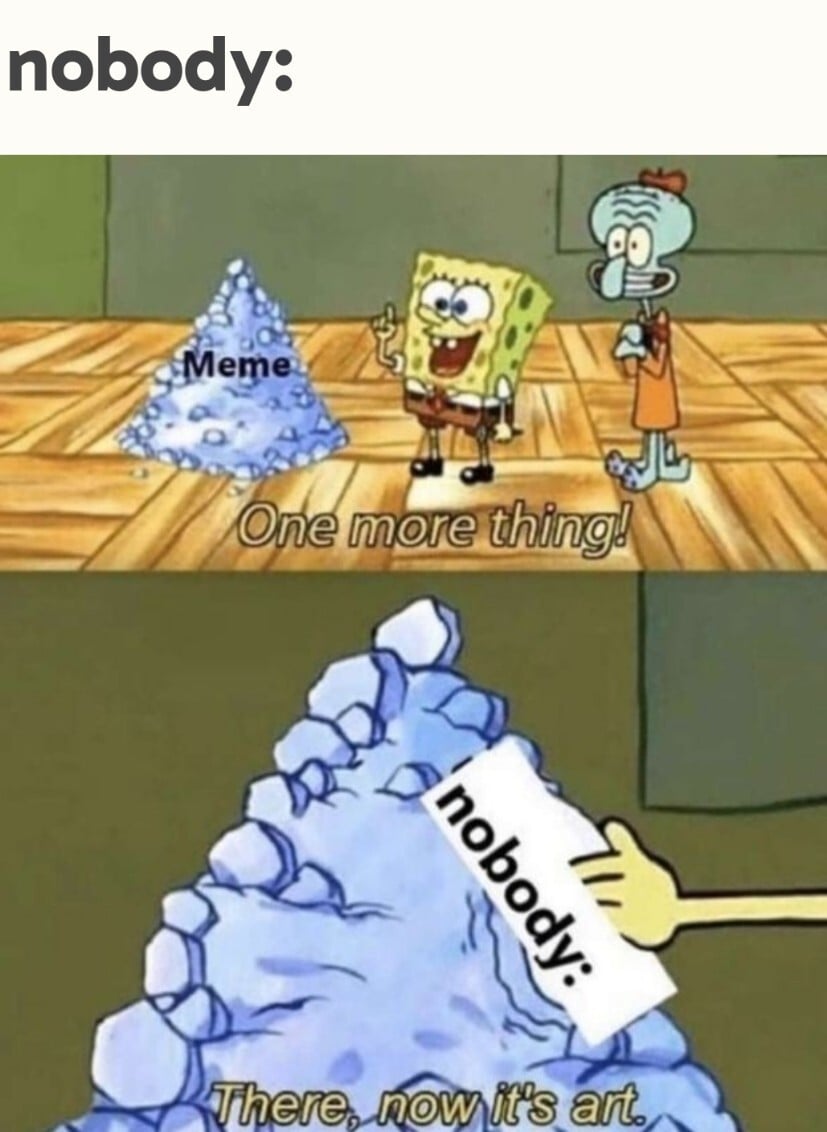

NTFS is considered pretty stable on Linux now. It should be safe to use indefinitely.
If you’re worried about the lack of Unix-style permissions and attributes in NTFS, then getting BTRFS or ext4 on Windows may be a good choice. Note that BTRFS is much more complicated than ext4, so ext4 may have better compatibility and lower risk of corruption. I used ext3 on Windows in 2007 and it was very reliable; ext4 today is very similar to ext3 from those days.
The absolute best compatibility would come from using a filesystem natively supported by both operating systems, developed without reverse engineering. That leaves only vfat (aka FAT32) and exfat. Both lack Unix-style permissions and attributes.


















The easiest way to disable unnecessary services is to uninstall them with aptitude, or whichever package manager you like. Try terminating services one by one, and see if anything bad happens. If nothing bad happens, you can probably uninstall it. On the other hand, if the system does get wonky a reboot should fix it. Or, you can research the services by name and decide whether to uninstall them. (avahi-daemon for example is a good idea to uninstall.)
To make the GUI not run, uninstall your display manager (gdm, xdm, nodm, or whatever) and uninstall your xorg server or wayland server. There may be GUI programs remaining after that, but they will only be consuming disk space, not RAM or CPU.
If the battery is old and holds little charge, you may save a few watts by removing it and throwing it away, instead of letting the system keep it topped off.
Get a power meter, such as a Kill-a-watt device. Then, experiment with different settings. If it’s consuming less than 30 watts, you’re probably fine. If you live in the US, one watt-year is about one US dollar (or a little more), so for every watt it consumes, that’s about how much you will pay per year for its electricity.